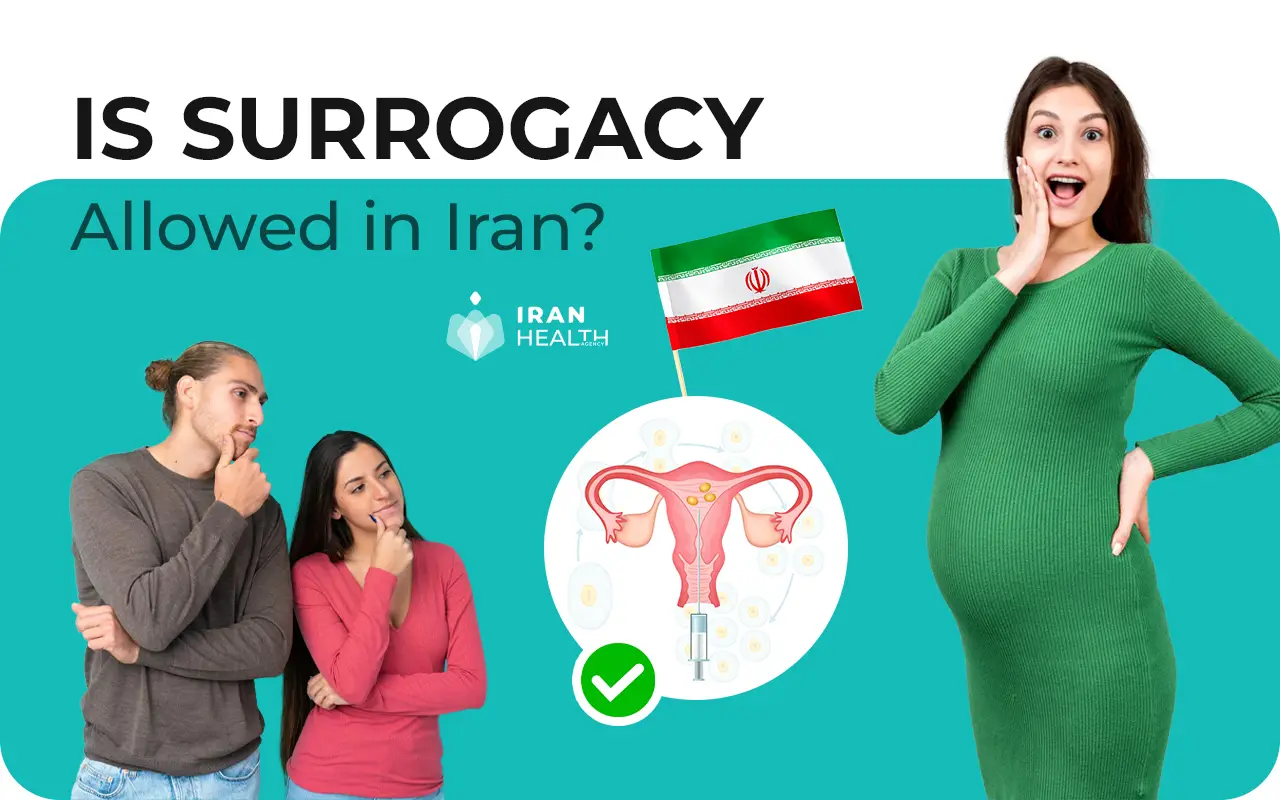“LGBTQ+ Parenthood: Overcoming Challenges and Finding Support”
Updated Statistics on Surrogacy Trends:
Global Market Value: The global surrogacy market was valued at $14 billion in 2022 and is projected to reach $24 billion by 2030, growing at a CAGR of 8.2%. Cross-Border Surrogacy: Over 30% of surrogacy arrangements involve international intended parents seeking affordable options abroad. Iran’s Popularity: Over 25% of surrogacy cases in the Middle East now occur in Iran, driven by affordability and accessible regulations.
Breaking Down Surrogacy Costs The costs of surrogacy usually consist of:
Medical Procedures: IVF, embryo transfer, and other fertility treatments. Surrogate Compensation: Payments to the surrogate for carrying the pregnancy. Legal Fees: Drafting and enforcing contracts. Agency Fees: Costs for matching intended parents with surrogates. Miscellaneous Costs: Travel, accommodation, and insurance.
Surrogacy Cost Comparison Table
While surrogacy can be life-changing, it’s important to be aware of the financial obligations that come with it. The prices can be very different depending on where you live, the laws there, and whether the surrogacy is done for free or to make money.
The next important question is: Why Do Costs Vary So Much?
Legal Framework: Countries with strong legal protections often have higher costs due to associated legal fees. Economic Factors: Exchange rates and local economic conditions impact surrogate compensation and medical expenses. Medical Standards: Advanced facilities and technology can increase costs, but they also ensure safety and success for example guaranteed surrogacy package has more cost. Surrogate Compensation Models: Altruistic surrogacy is less expensive but less widely available.
Final thought: When thinking about surrogacy, it’s important to look at more than just the costs involved. You should also think about the legal aspects, the quality of medical care, and the health and happiness of the surrogate mother. Speaking with knowledgeable agencies and legal professionals can help make the process easier and increase the chances of a positive experience.
One of the primary reasons is the restrictive laws surrounding surrogacy in their home country. In some places, legal frameworks may either prohibit surrogacy altogether or create significant challenges for intended parents, making the process cumbersome and often stressful. Additionally, financial considerations play a crucial role; the costs associated with surrogacy can be exorbitant in many regions.
Final Thoughts Surrogacy is a big choice that will change your life, so you need to think carefully about the legal, moral, and practical issues. No matter if you choose surrogacy in Iran or look into it in another country, knowing the details can make the process easier and more satisfying. Always get help from a professional to make sure the process is clear and goes well.
 Early consultation: Experts say that LGBTQ+ people aged 25 and up who want children should see a fertility expert right away instead of waiting.
Transgender-specific care: For transgender people, keeping their fertility before they change can be very important. It is often suggested that you freeze your sperm or eggs before starting Hormone treatment that changes your gender.
Help with mental health: LGBTQ+ people may need extra help with their mental health to deal with abuse and make hard choices about donors, surrogates, or adoption.
Advocacy and Progress: Steps are being taken to make it easier for LGBTQ+ people to get fertility treatments:
In his budget proposal for the fiscal year 2024, President Biden wanted to make it easier for single veterans and people in same-sex relationships to get fertility care.
Some states, like California and Connecticut, have proposed bills that would force private insurance companies to cover more single and LGBTQ+ people for fertility treatments.
Early consultation: Experts say that LGBTQ+ people aged 25 and up who want children should see a fertility expert right away instead of waiting.
Transgender-specific care: For transgender people, keeping their fertility before they change can be very important. It is often suggested that you freeze your sperm or eggs before starting Hormone treatment that changes your gender.
Help with mental health: LGBTQ+ people may need extra help with their mental health to deal with abuse and make hard choices about donors, surrogates, or adoption.
Advocacy and Progress: Steps are being taken to make it easier for LGBTQ+ people to get fertility treatments:
In his budget proposal for the fiscal year 2024, President Biden wanted to make it easier for single veterans and people in same-sex relationships to get fertility care.
Some states, like California and Connecticut, have proposed bills that would force private insurance companies to cover more single and LGBTQ+ people for fertility treatments.
After discussing the problems and the good results in detail, it’s time to shift our focus to discussing solutions for helping LGBTQ. New trends and creative ways to build a family as an LGBTQ+ person
Progress in ART (Assisted Reproductive Technology)
Recent improvements in technology have made assisted reproductive technology (ART) easier for LGBTQ+ people and couples to get and use. In vitro gametogenesis (IVG) is a new idea that could one day allow same-sex partners to use skin cells to make biological children. The next generation of family-making tools is inspiring, even though they are still testing.
Models of collaborative reproductive care
In collaborative care methods, a team of healthcare professionals from different fields works together to help LGBTQ+ families grow. These teams usually include reproductive endocrinologists, mental health professionals, lawyers, and social worker
They give LGBTQ+ patients complete care tailored to their specific needs. This holistic approach ensures that all parts of the family-building process are taken care of, from medical procedures to emotional health and legal issue
If you loved this article and you would like to obtain more info regarding iranhealthagency.com kindly visit our web page.

 Lab
Lab